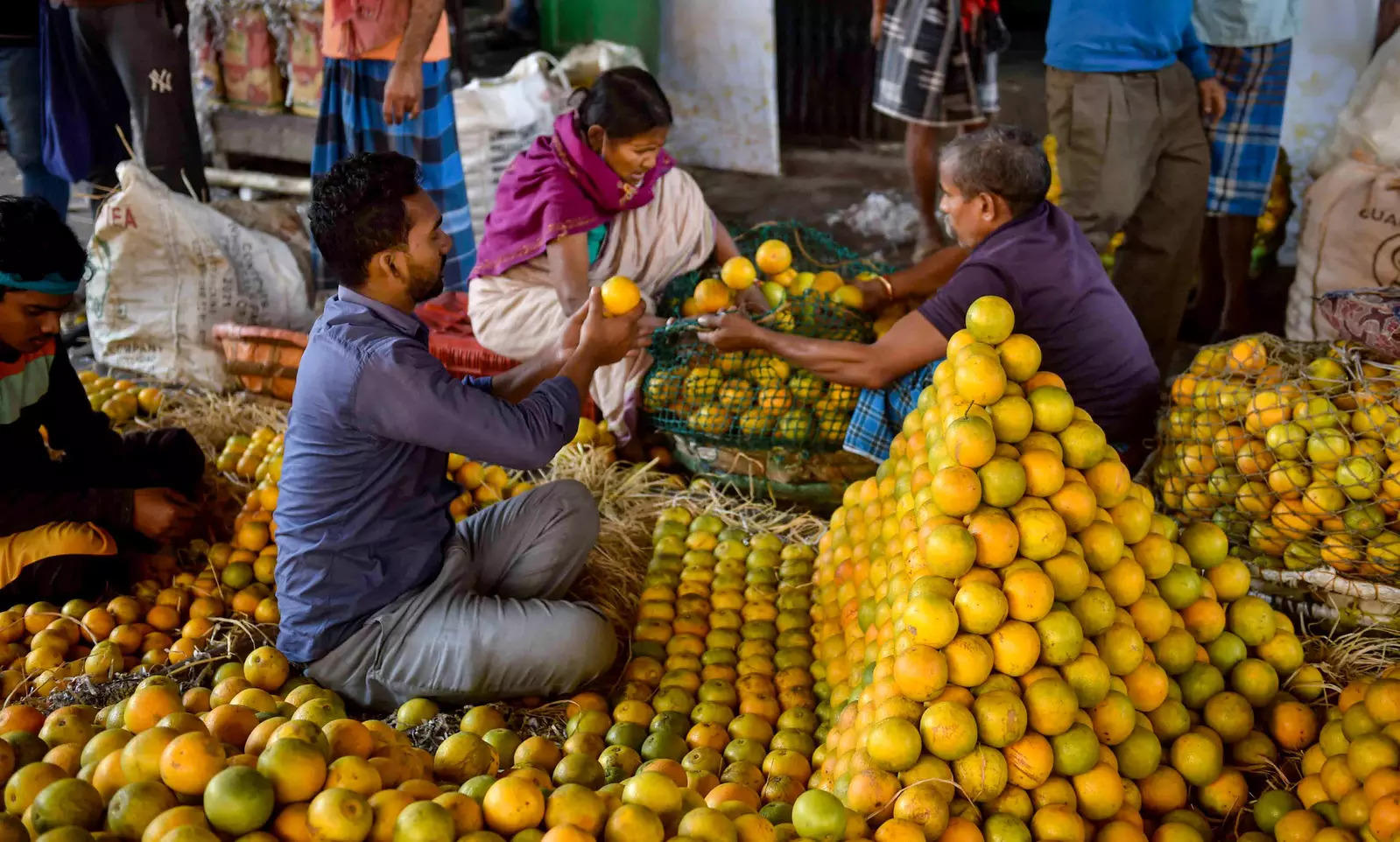[ad_1]
The studies revealed that for staple items like tomatoes, onions, and potatoes, farmers get about 33%, 36%, and 37% of the consumer price, respectively. For fruits, farmers earn 31% of the final price for bananas, 35% for grapes, and 43% for mangoes on the domestic market. When exported, the share for mangoes increases, but for grapes, it decreases, even if the overall price is higher.
Economist Ashok Gulati, co-author of the study, mentioned that price spikes can be forecasted using a “balance sheet approach.” The research suggests several measures to prevent these spikes, including expanding private markets, enhancing the use of the e-NAM platform, promoting farmer collectives, and relaunching futures trading. Moreover, the study recommends building cold storage facilities, encouraging solar-powered storage, increasing processing capacities, and promoting consumer awareness of processed products.
To stabilize prices short-term, it advises adjusting trade policies. Long-term measures include improving productivity, enhancing storage and marketing efficiencies, and integrating digital platforms like e-NAM. For dairy and poultry, the study suggests creating a feed bank, utilizing barren lands for grass cultivation, and promoting artificial insemination to boost livestock productivity.
For fruits, recommendations include improving the supply chain, expanding processing and exports, using crop insurance, adjusting import duties, and leveraging digital tools to track supply and manage price fluctuations.
[ad_2]
Source link



